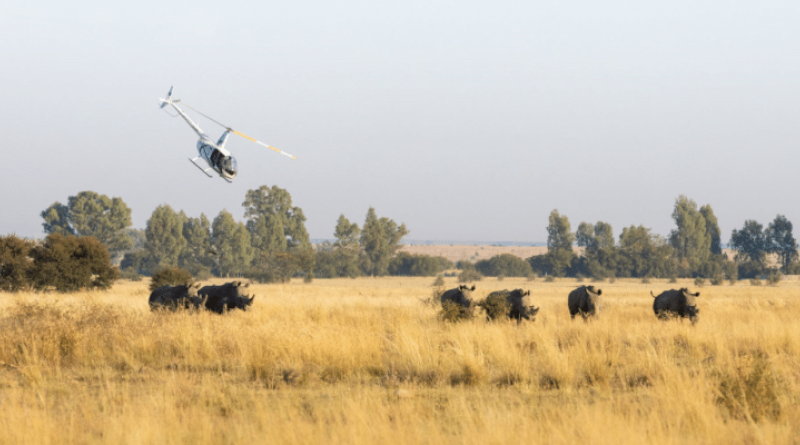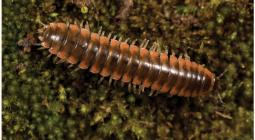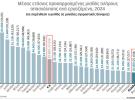African Parks continues to rewild 120 white rhinos in the Kruger Park

As part of its Rhino Rewild initiative, African Parks has just reintroduced 120 southern white rhinos into the Great Kruger. This initiative is part of a vast programme to rewild 2,000 rhinos from a private farm in South Africa.
The southern white rhino population is increasing in the Kruger National Park in South Africa. This is thanks to the transfer of 120 individuals by the African Parks organisation, as part of its Rhino Rewild initiative, which aims to “reintroduce 2,000 southern white rhinos to safe protected areas in Africa”. The new pachyderms are being cared for by the Greater Kruger Environmental Protection Foundation (GKEPF).
This is an alliance of nine private reserves, a provincial park and a national park to meet the protection needs of the western and eastern buffer zones of the Kruger National Park (KNP) and the Greater Limpopo Transfrontier National Park. “This transfer comes at a time when poaching rates in the GKEPF reserves have dropped considerably, a testament to the effectiveness of security and anti-poaching measures,” says African Parks.
For Sharon Haussmann, Chief Executive of the GKEPF, “the rewilding itself is a testament to the accumulation of knowledge, partnerships and insight from a long period of anti-poaching work in the Greater Kruger Landscape”. For the record, African Parks launched its Rhino Rewild programme following the purchase of Platinum Rhino, the world’s largest white rhino farm, located in the North West Province of South Africa.
This followed an unsuccessful auction of the farm in April 2023. At the time, African Parks had set itself the goal of reintroducing the farm’s 2,000 white rhinos over the next ten years. This initiative will therefore help to save the white rhino. This pachyderm is on the brink of extinction, with 13,000 individuals recorded worldwide. The white rhino population fell to between 30 and 40 individuals in the 1930s before rising to 20,000 in 2012. The species remains threatened by poaching for the Asian market.






